This article was originally part of our Tools Under 30 Dollars Gift Guide Series because a lot of gearheads don’t have a dedicated set of wire crimpers, often relying on other tools (like pliers) to do the job—with varying success. And while professional-spec crimping tools can easily reach $100, for occasional electrical wire crimping jobs, you’ll have no problem finding a quality wire crimper for under 30 bucks.
What is a Wire Crimp Tool?
A good Wire Crimping Tool is downright essential for making proper electrical crimp connections and installing terminals, both in a vehicle and around the house.
A crimp tool’s function is delightfully simple: It essentially squeezes the metal collar of a connector around the wire conductor to create a strong, durable electrical connection (keep scrolling to see a picture of it in action).
For newer vehicles with modern electrical systems that use digital signals, crimping is often a better choice than soldering when making wire splices and terminal connections. Crimps tend to be more flexible, more resistant to moisture damage, and put less strain on the wire conductor. But if you’ve got an older vehicle and are handy with a soldering iron, here’s a good read on making effective soldered connections too: The Lineman’s Splice: How to Make Reliable Electrical Connections in Your Vehicle’s Wiring Harness
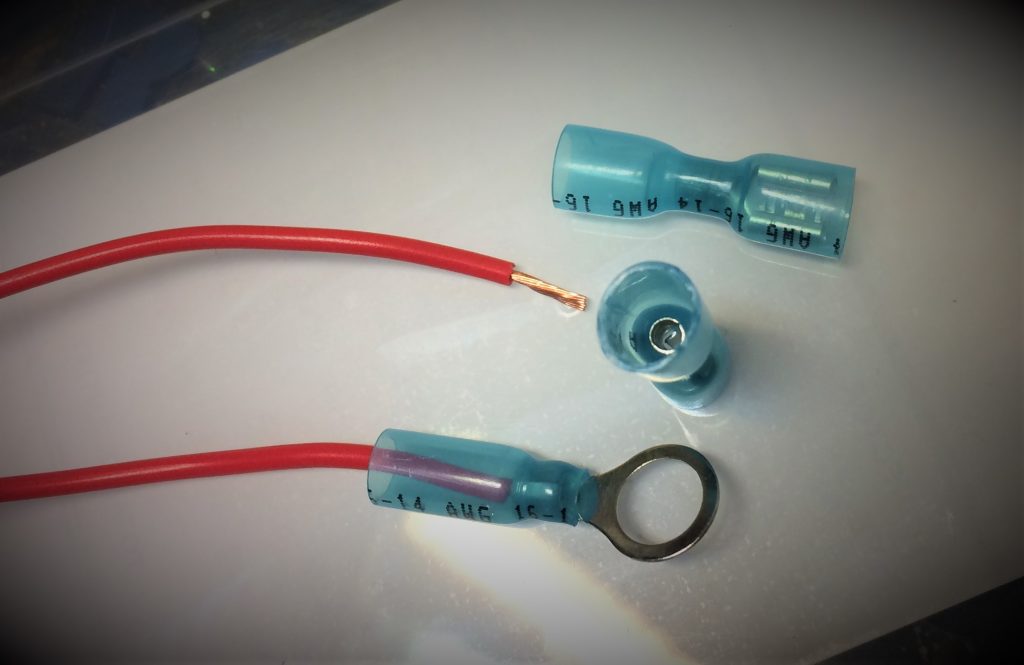
But a lot of folks often get-by using an ordinary pair of pliers to apply the crimp, which isn’t a good alternative. Using the improper crimping tool can crush and distort the connector, tear the wire insulation, or cut the wire conductor inside—and that’s how electrical gremlins are born.
So whether you’re making spark plug wires or installing a bangin’ stereo, a purpose-built wire crimper is a smart way to ensure the job gets done right.
We won’t spend time on assembling ignition wires here, because we’ve already created an in-depth tutorial: How to Make Custom Spark Plug Wire Sets
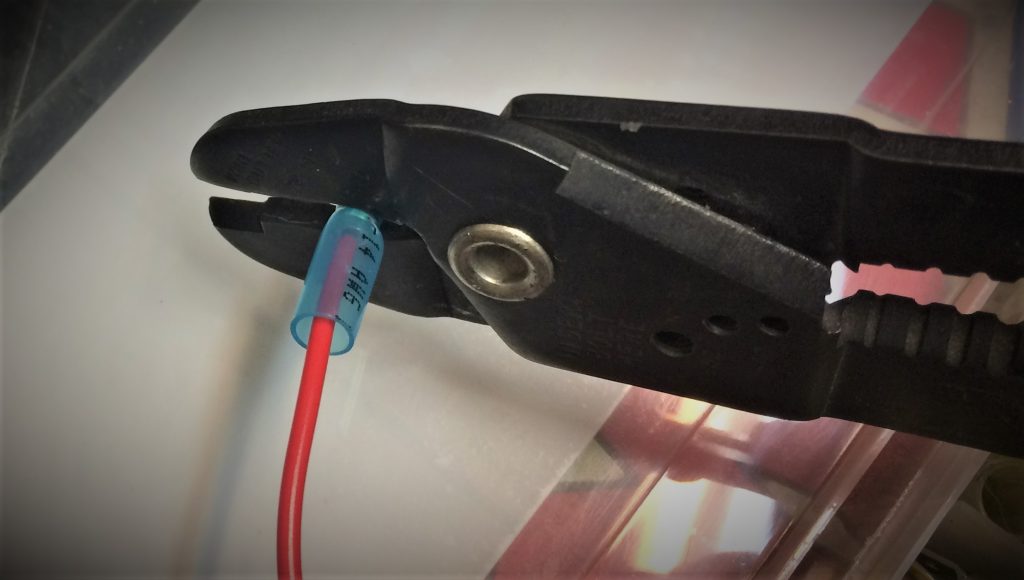
Pick a Crimper Designed for the Specific Task
But there are a few things to consider when buying a wire crimping tool. For starters, crimpers are often designed for a specific wire gauge or terminal/connector type. As an example, the crimpers for engine ignition wires are dramatically different from the crimpers made for installing TV/video connectors onto coaxial cable.
Sometimes the connectors themselves require other specialized tools, here’s a good example: How to Assemble Weatherproof Deutsch DT Connectors
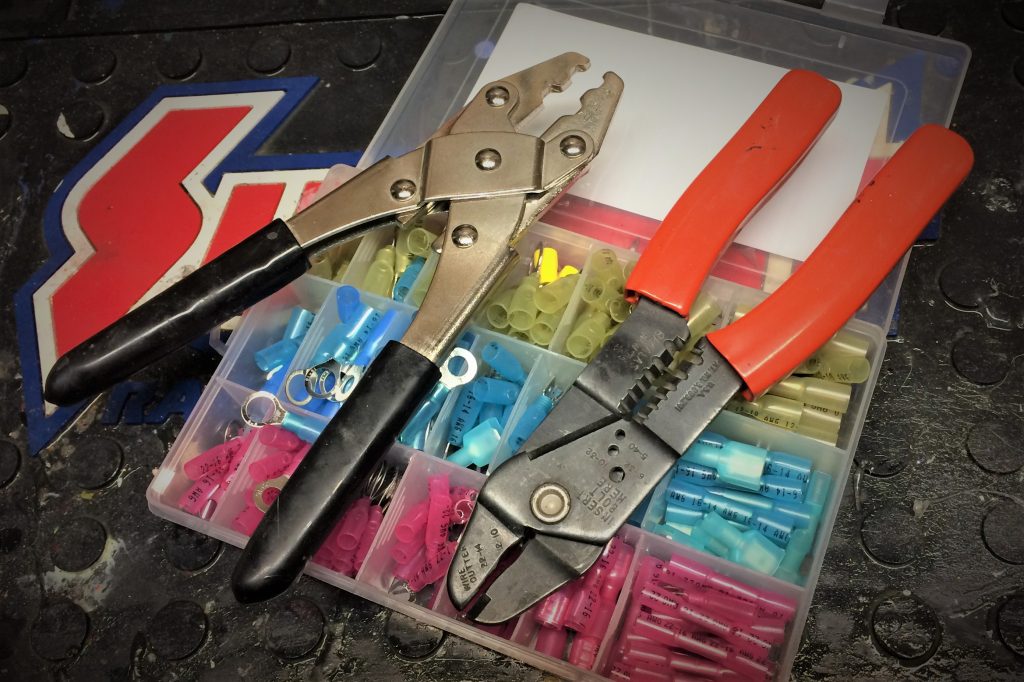
So assess what kind of connector or terminal you’re crimping first, before buying a wire crimper. The good news is, plenty of tool manufacturers make versatile crimpers for installing a wide range of basic terminals like the ones pictured above.
In this article, were talking about handheld crimpers, well suited to the smaller diameter wires (about 20 to 10 gauge) that are common in home and auto electrical accessory systems. For larger jobs, like battery cables, you might want to use an impact crimper, like the one featured here: How to Use the Moroso Impact Wire Crimping Tool
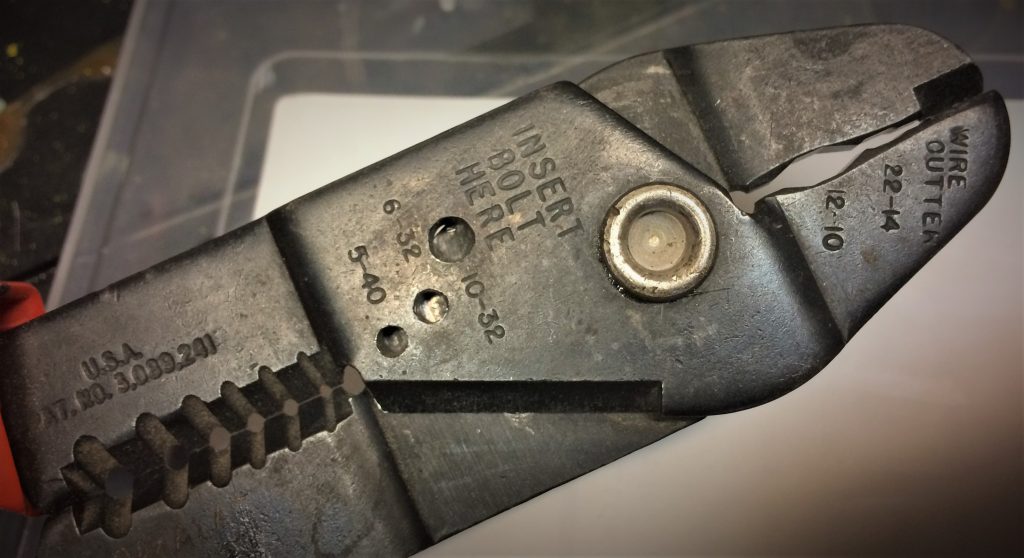
Understanding American Wire Gauge (AWG)
Wire size (diameter) is another big consideration. Generally speaking, devices that require larger current (amp) loads demand larger diameter wire, measured in American Wire Gauge (AWG).
If you’re new to automotive electrical systems, you may appreciate this article too: Basic Tips, Tricks & Tools for Wiring Your Vehicle
It’s a bit counter-intuitive, but the larger the AWG gauge number, the smaller the wire. In other words, 20 AWG is thinner wire than 10 AWG wire—make sense?
But the key takeaway here, is that you’ll want a wire crimper tool that is suited to the wire gauge you’re working with. Typically a lot of vehicle accessory wiring is in the 16 to 10 AWG neighborhood, but always check to make sure.
Here’s a table that covers the basic AWG sizes you’ll likely come across for most home/auto jobs:
Wire Gauge to Wire Diameter Comparison Chart
| Wire Gauge (AWG) | Wire Diameter (Inches) |
|---|---|
| 4-0 | 0.460 |
| 3-0 | 0.409 |
| 2-0 | 0.364 |
| 0 | 0.329 |
| 1 | 0.289 |
| 6 | 0.162 |
| 8 | 0.128 |
| 10 | 0.101 |
| 12 | 0.081 |
| 14 | 0.064 |
| 16 | 0.050 |
Ratcheting & Other Crimp Tool Designs
Many of the wire crimpers on the lower end of the price spectrum have a single pivot point, similar to an ordinary pair of pliers or scissors. While these crimpers will often be perfectly fine for jobs like installing power connectors for a stereo or a set of foglights, for more precise applications, a lot of techs use ratcheting crimpers.
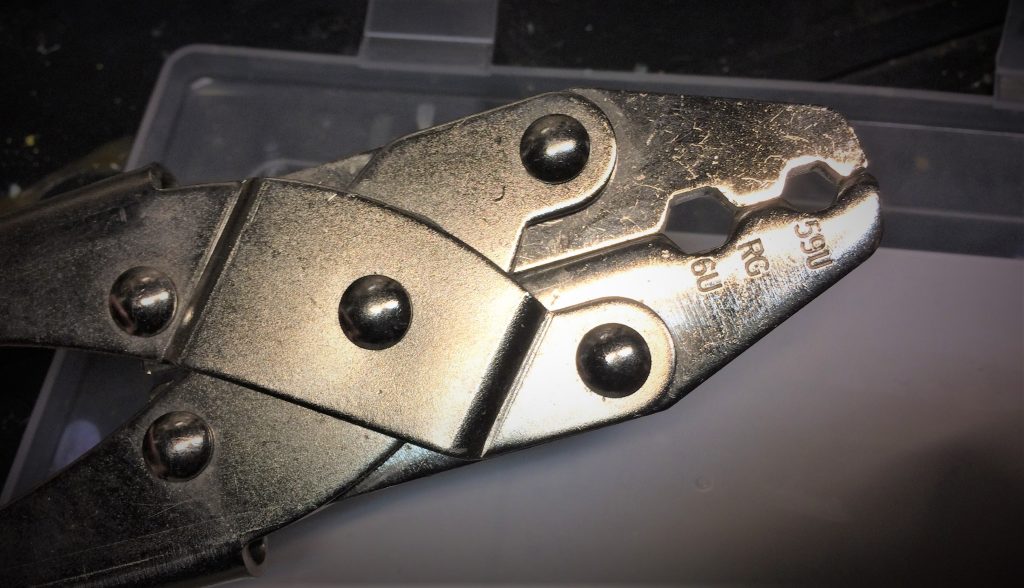
Ratcheting crimpers use a mechanism inside the tool to ensure the jaws close squarely and completely around the crimp. You’ll typically find ratcheting crimpers being used to install TV or RF connectors, or for tiny ECU terminals—jobs that demand a clean, even crimp to ensure reliable data transmission and prevent damage to fine wire conductors.
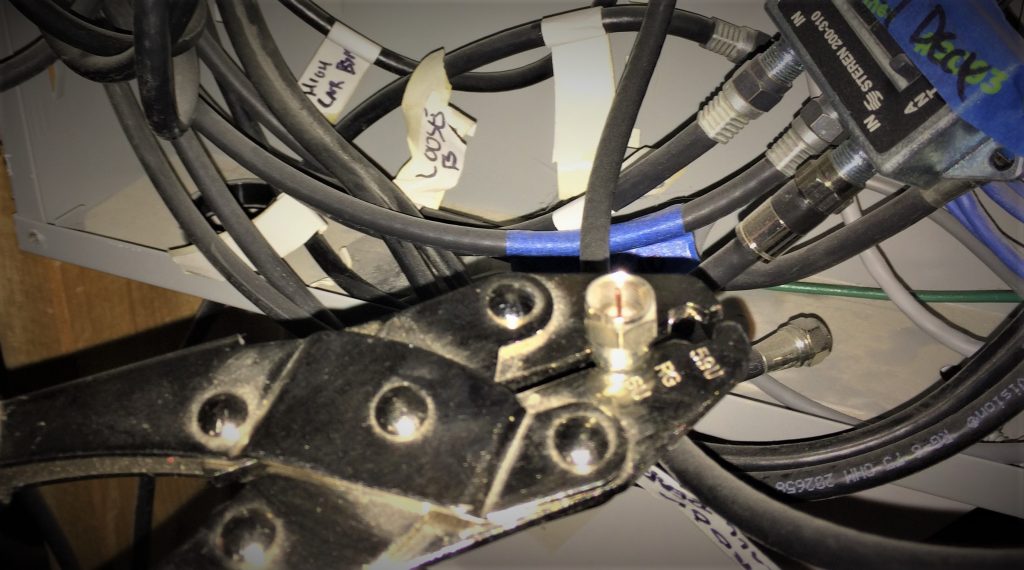
How Much to Wire Crimp Tools Cost?
With those key considerations out of the way, the last buying metric is price. As you’ll likely find wire crimpers in a wide range of price tiers, you’ll have to decide how often you’ll use your crimper. For professional techs, it totally makes sense to spring for one that’ll withstand day-in, day-out use over thousands of crimp jobs. Alternatively, for the home hobbyist using it sparingly, there are plenty of affordable wire crimping options too.
***
Automotive Wiring OnAllCylinders Podcast Episode
For a recent podcast episode, we sat down with the wiring experts at Painless Performance to talk all about automotive wiring 101, including crimping. If you’re new to vehicle electrical systems, it’s worth checking out:

Comments